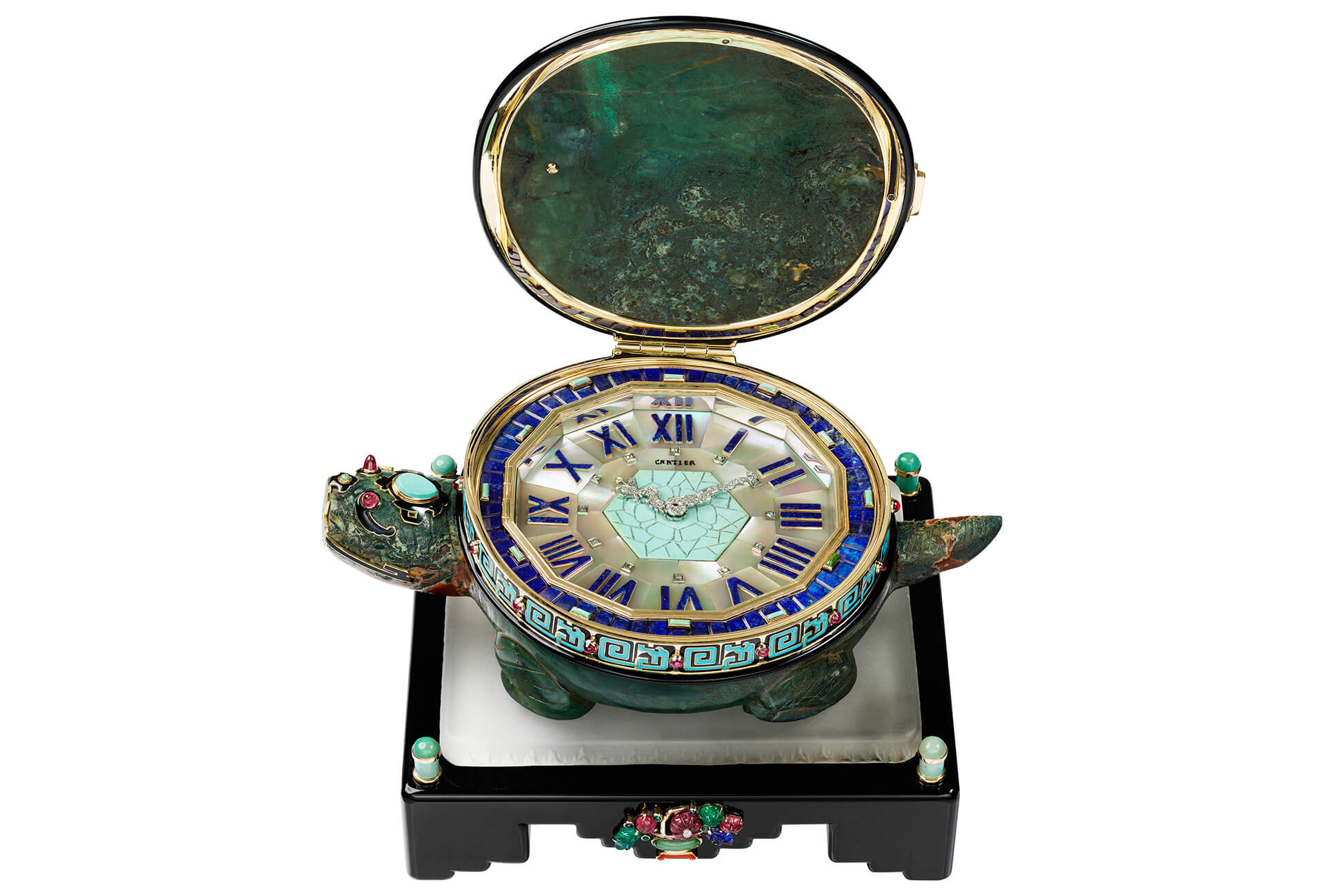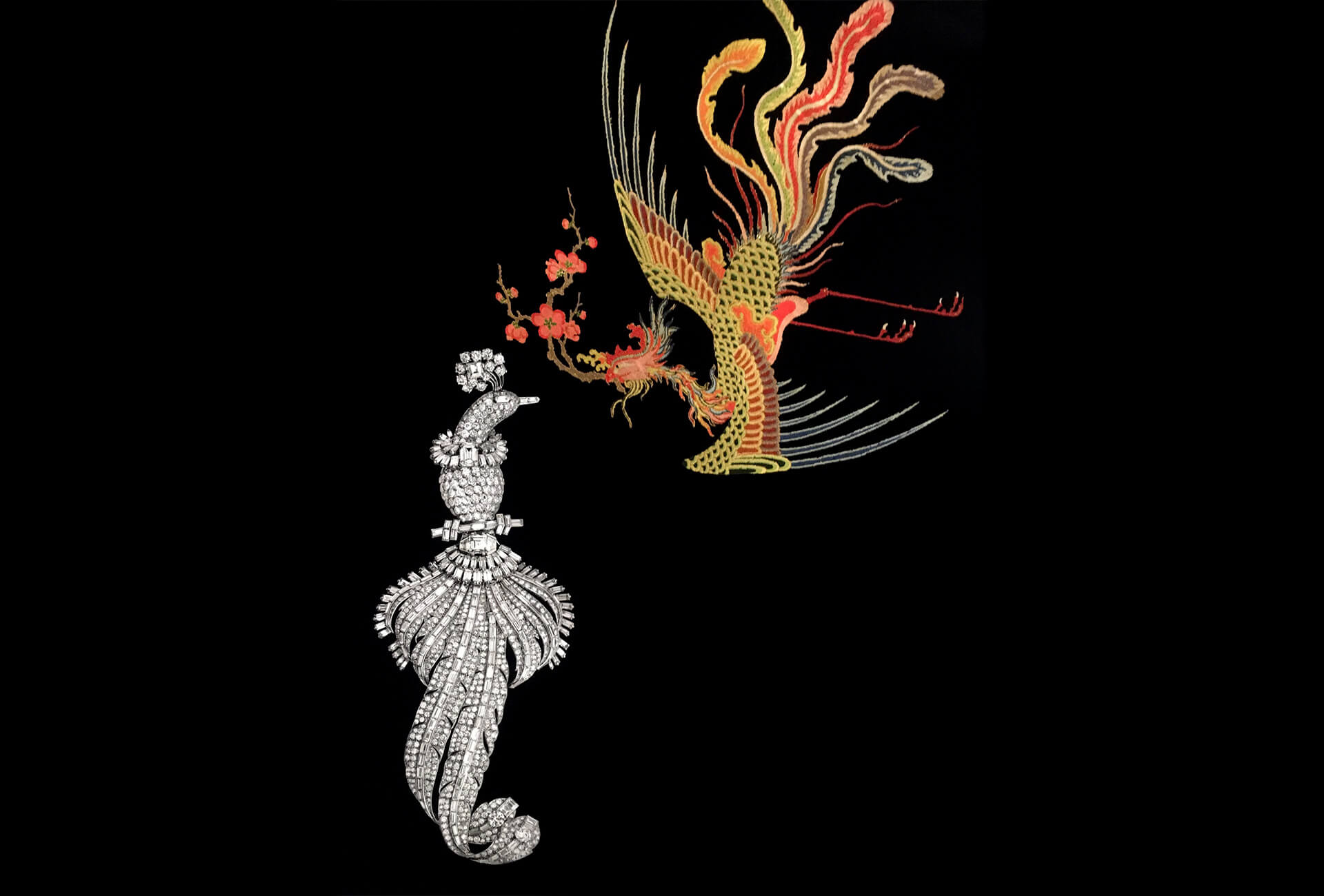As the first luxury brand to hold large-scale exhibitions in China, Cartier has travelled the country, from the first exhibition in Shanghai in 2004 to Beijing, Taipei, Shenyang, Chengdu and back to Shanghai in 2014. Now, ten years after the hugely successful Cartier Treasures in the Palace Museum, Cartier returns to the Forbidden City with the largest show ever in the brand’s history. More than 800 pieces dating from the Ming Dynasty (1368-1644) to the present day have been brought together, with objects from the Cartier Collection, the collections of the Palace Museum and loans from public institutions including the Metropolitan Museum of Art, New York, the National Gallery of Australia, Canberra, the Qatar Museums and the Musée International d’Horlogerie, La Chaux-de-Fonds, as well as private and royal collections.
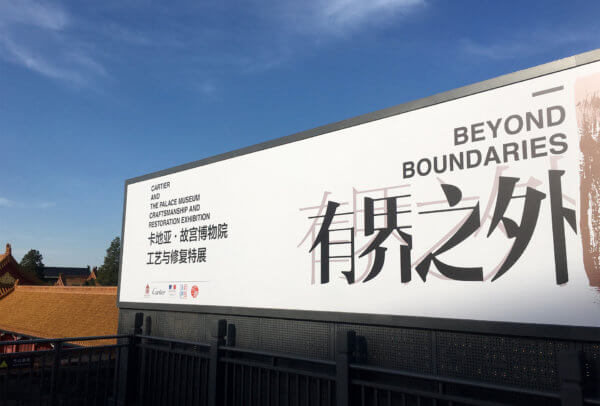
The idea for the exhibition originated with a restoration project, jointly conducted between 2014 and 2017 by the Palace Museum and Cartier. Following three years of preparation, six English watch and clock movements from the Palace Museum collections, dating from the late eighteenth century to the early nineteenth century, were successfully restored over a period of four months at the Cartier Manufacture in La Chaux-de-Fonds. The project, which involved Chinese, French and Swiss artisans, represented a significant milestone for both parties and opened new horizons for conservation and restoration.
A three-part exhibition
All six of these restored timepieces are on display in the last section of this three-part exhibition. The first part, Chinese Inspirations, shows how the aesthetic and iconography of China has influenced the design of Cartier’s jewelry, watches and clocks, and nurtured the entire creative process. This extends to materials, such as the ancient jade that is carved to depict two fish swimming in the waves for the Carp clock (1925). The Bird brooch, a commissioned piece made in 1948, portrays a phoenix, the Chinese symbol of goodness, peace and prosperity. This legendary creature reappears on an imperial robe from the Palace Museum collections, also on display.
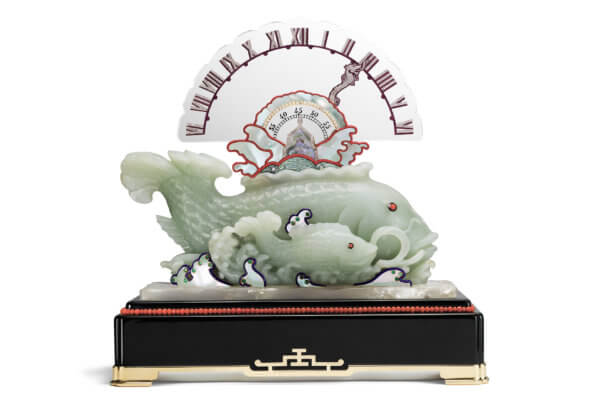
The second part, Symbols of Power, presents Cartier tiaras from the courts of England and Belgium, necklaces and pendants from the courts of Russia or Romania, as well as the ceremonial jewels of Indian Maharajas. They are joined by another symbol of power, namely a court robe of the Qing Dynasty from the Palace Museum’s collections. The continued evolution of Cartier’s style over more than 170 years of history reflects the transformation of the jeweler’s clientele, from the royal courts to a new aristocracy born out of the Industrial Revolution.
The third and final section, Time Memories, focuses on timepieces. Showing how influences can be mutual, it showcases Chinese-inspired Cartier clocks and European-style timepieces from the Palace Museum’s collections. Watchmaking serves as a dialogue between technique and design, inspiration and savoir-faire, East and West. Two gravity clocks, one from the Palace Museum’s collections and the other from the Cartier Collection, symbolize an extraordinary similarity of form and function in instruments that measure time.
The meeting of two worlds
The Chinese influence is particularly apparent on a Screen clock from 1926. Inspired by the study screens of ancient Chinese scholars, it includes an engraved white jade plaque decorated with an enameled dragon on its back. Another piece, a delicate antique table clock in nephrite, represents a tortoise, a symbol of long life. The animal’s shell opens to reveal a dial inlaid with mother-of-pearl, lapis-lazuli and turquoise.
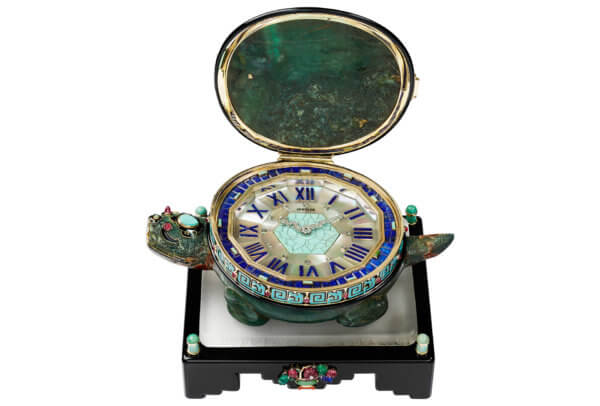
The Maison’s archives have many stories yet to tell, including that of Prince Tsai Lun, the great-great-grandson of Emperor Qianlong whose father, Yi Kuang, served under the last three emperors of the Qing Dynasty. His purchase of a Tortue wristwatch is a reminder of just how desirable Cartier’s watch designs were to this gilded youth, enamored of the modern Western world – a mutual attraction.
A separate chapter in Cartier’s history, mystery clocks are recognized as the Maison’s rarest and most precious timepieces. Their mechanism was inspired by the clocks of the illusionist and inventor of modern magic, Jean-Eugène Robert-Houdin (1805-1871). One of his clocks from the Musée International d’Horlogerie in La Chaux-de-Fonds, on loan for the first time, stands alongside the mystery clocks of Cartier.
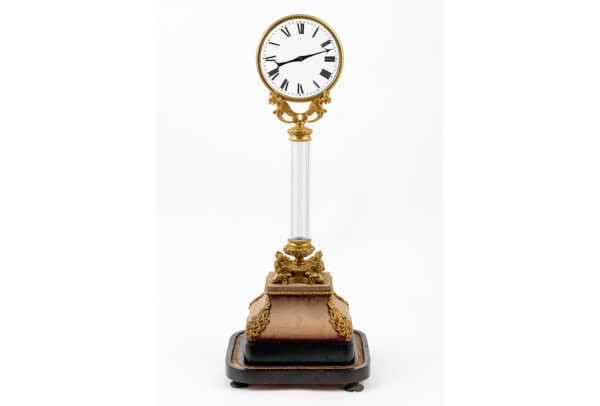
Firmly rooted in the will to share a common vision and staged in a spirit of respect and the desire to protect and enrich a heritage, Beyond Boundaries explores exchanges of inspiration and savoir-faire between different cultures. It also demonstrates how these ties between East and West can promote harmony between civilizations.












